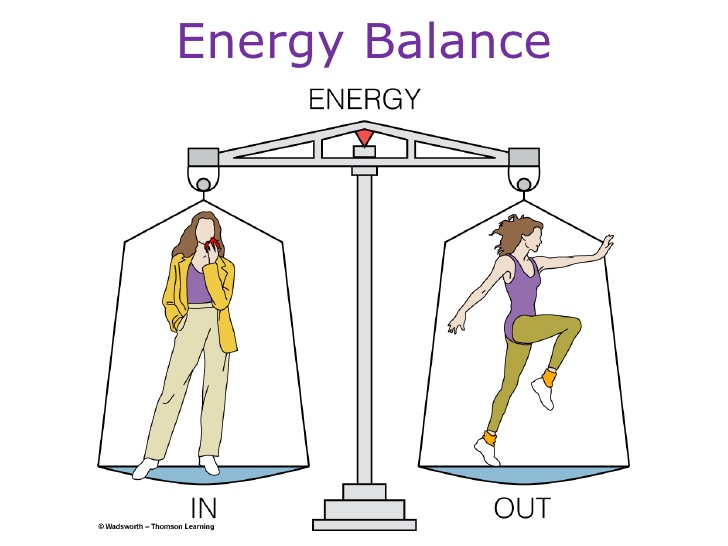The most common, and most frustrating to treat, cause of obesity is inappropriate energy balance. To maintain a person’s current weight, simply put, the energy taken in from food should equal the energy expended through activity. If that energy is not balance it will either lead to a loss of gain of weight. [1]
For the purposes of this post, we will concentrate on what happens when there is excess of energy taken in without expending it. This happens for many reasons. One of the biggest reasons is the fast food culture that we live in. Everyone is so busy that they need quick meals. Yet, most fast food is abundant in calories and fat content. If we look at other countries where fast food is not so prevalent, their rate of obesity is much lower. Couple that with a sedentary lifestyle and it is easy to see how the obesity epidemic is flourishing.
Many assume that energy balance can be modified independently by altering food intake and levels of physical activity. However, this input and output is regulated at several levels. This involves a complex system, which involves afferent neural and hormonal signals reaching the hypothalamus. This results in changes in the autonomic nervous system which innervates muscles, viscera, and adipose tissue. Energy intake and expenditure cannot be altered without compensatory changes in the other. The components of energy balance influence each other and serve to maintain a constant body mass. [2] It is not so simple then that energy in must equal energy out. There are clearly many other factors in how this energy is processed in the body.
Additionally, it is not only the energy taken in which matters. It is the type of energy. For example, a recent study in mice showed that there was more a propensity to develop adiposity with high carbohydrate diets as opposed to high fat diets. [3] So, the solution to reducing energy intake is not simply reducing calories. But it is types of food that are important. While we have always known the dangers of high fat diets, we are now seeing similar results in high carbohydrate diets as well. These should be reduced in many diets to truly make an impact on decreasing the “bad” energy intake that more easily leads to adipose accumulation.
The other key component of energy balance is expenditure. Americans are getting increasingly less active. There are drive-thrus for banking, eating, picking up our prescriptions. We can now do so many of these things without even getting out of our cars. Also, we can do much of our shopping on-line without leaving our homes. But, expending energy is essential to reach a healthy energy balance. And it is not enough to just say that work provides physical activity. It is ideal to exercise for 30 minutes at least 5 days a week. Muscle strengthening is also important. The energy output does not only occur at the time of the activity, but it boosts the metabolism so energy is burned more throughout the day.
While energy balance is the biggest contributor to obesity, it is also probably the most modifiable. Getting patients to change is very difficult. But, we need to keep in mind the adverse outcomes from various diseases that can come with obesity. If we blame our patients, they will sense this. We need to be empathetic and supportive of their struggles. Unless we truly hear them and offer our best encouragement, the epidemic will do nothing but continue to grow.
1- http://www.nhlbi.nih.gov/health/health-topics/topics/obe/causes.html
2- http://www.touchendocrinology.com/articles/importance-energy-balance?page=0,1
3-http://ajpregu.physiology.org/content/307/3/R299
Originally Posted on SERMO
 Copyright secured by Digiprove © 2016 Linda Girgis, MD, FAAFP
Copyright secured by Digiprove © 2016 Linda Girgis, MD, FAAFP


